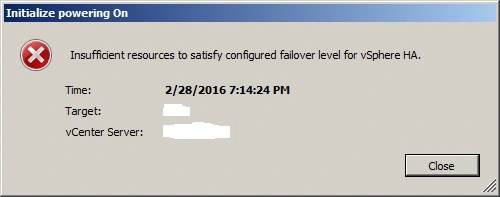KPI – Uptime ESXi and VMs

KPIs, or Key Performance Indicators, in an IT system context are measurable metrics used to evaluate the performance, reliability, and efficiency of the system. These indicators help Key Performance Indicators, or KPIs, are measurable metrics used to assess the performance,…






